McShane Discusses McGinley Center Extension
Julia Comerford/ The Fordham Ram
McGinley Center is undergoing major construction to be completed in 2021. (Julia Comerford/The Fordham Ram)
The once-green grass in front of the McGinley Student Center has been replaced with large, green panels obstructing the space from pedestrian view. In a little less than two years’ time, a four-story extension purposed for student use will emerge above the walls.
According to Marco Valera, vice president for Facilities Management and vice president for Administration, construction will officially start in January 2020. The process is currently on-schedule, and, barring any complications, the building will be ready for use by August 2021.
“Prior to construction we have prepared the site and are upgrading the utilities to support the new building,” he said.
Although no official floor plans are currently available to the public, Rev. Joseph M. McShane, S.J., president of the university, gave insight into the planned layout of the new McGinley Center in an interview with The Fordham Ram.
Before any planning could commence, McShane said he built support and funding among university board members and donors for the project. He also sought out students’ needs for the space through Jeffrey Gray, senior vice president for Student Affairs, as well as academic deans and assistant deans.
In apportioning the space, the largest concern, he found, regards fitness space. The new addition will add 17,000 square feet of strength and conditioning area, doubling the size that is currently available to the general student population. It will take over the current location for the Commuter Student Lounge.
The space for commuter students will then be moved from the basement to another part of the building and “enhanced.” The building will also provide more “hang out” space for students, as McShane described it, by including lounges of various sizes.
The second floor will be used for club space. However, not all of the club spaces will be dedicated to specific organizations. He compared the setup to that of the Lincoln Center campus.
“[It will be] more like what is downtown – which has turned out to be quite usable – I think there are only two or three clubs that have actual offices, everyone else shares kind of a bullpen, which is the Michael Bloomberg approach to getting things done with space,” he said.
In addition, McShane said the extension will be used as a more efficient and expansive space for career planning placement. Career Services currently works out of McGinley Room 224.
On the top floor, the extension will have a large boardroom, and function in a similar way to Bepler Commons.
“[The space] is going to be used by the board four times a year, but the rest of the time…it’s going be a great space for gatherings, events, for lectures, whatever,” McShane said.
Although the construction is present, the McGinley Center is currently in use and serving thousands of students every day. This complicates and slows the process, but McShane said the building should take shape quickly.
The current McGinley Center was built in 1958, and intended to represent a connection to the Lincoln Center (LC) campus by resembling the Metropolitan Opera House, which sits just outside of the LC campus. The current McGinley shares the white arches and large windows of the Opera House.
However, within the past several years, student groups have advocated and petitioned for a new student center, citing issues regarding the lack of space for the activities it houses. McShane agrees with their sentiment.
“When it was built we had 500 resident students at Rose Hill,” he said. “Right now, combining the on-campus housing with the housing off-campus, we have 4500. So it’s nine-fold increase. So we’ve gone from being an almost entirely commuter school to being a majority residential school.”
In addition, the size of the undergraduate colleges has more than doubled since the building’s construction.
“So the building, it went up in 1958 and was aimed at serving a commuter population from the five boroughs – it is now hopelessly out of date,” he said. “It’s not the right size and it doesn’t have the right mix of facilities. And that’s why we’re pushing this forward.”



































































































































































































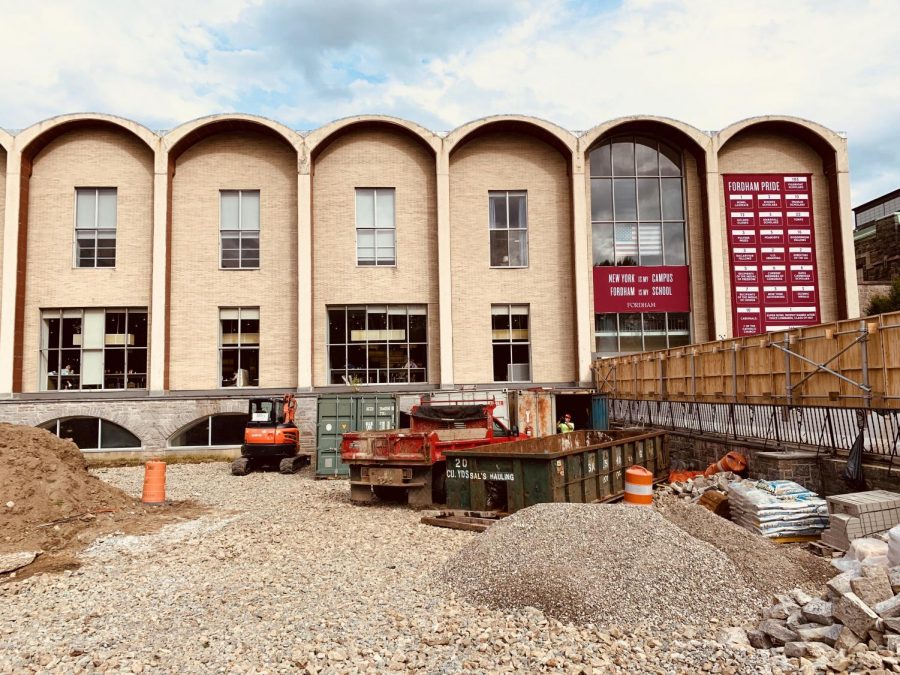




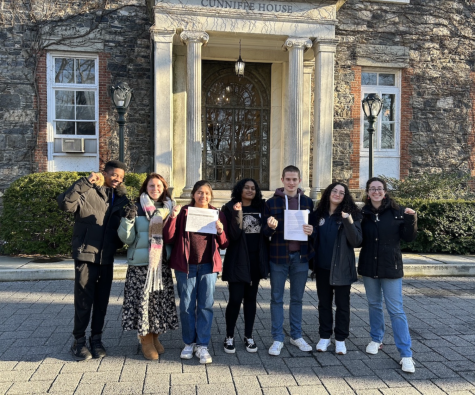
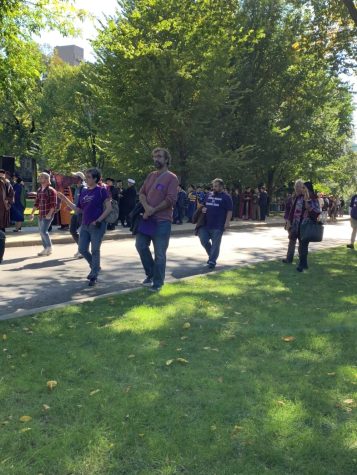
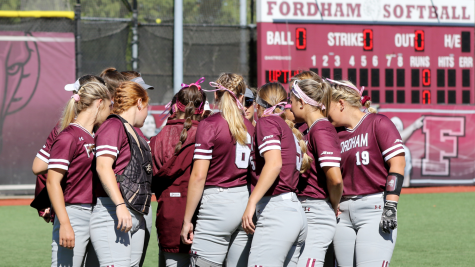
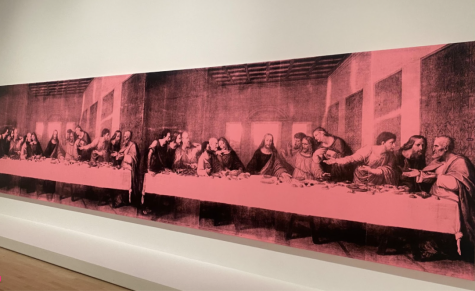

William Rothschild • Oct 10, 2019 at 6:43 pm
Sounds like a project that is expensive and will not help FORDHAM with a place to have GRADUATIONS, LARGE EVENTS, and also compensate for the POOR BASKETBALL facilities. I think they should ripe down the LOMBARDI, CURRENT MCGINLEY CENTER AND MAKE THE GYM INTO AN ATHLETE CENTER.
SPORTS should help fund the project.. IF THE BOTH THE WOMENS AND MENS PROGRAMS WERE THE BEST IN THE CITY. Women program is 95% there and so we need to move Mens program fro 20% to 95%.
It is clear that McShane and his team DON’T UNDERSTAND THE VALUE OF WINNING TEAMS like Notre Dame and BC..
MAKE FORDHAM GREAT AGAIN!
VP Smith • Oct 9, 2019 at 5:24 pm
It would be a good time to redesign the facade to resemble other campus buildings. When I was there (FCRH ’62) we were appalled — it earned the nickname of “The Bronx 12-stall urinal.”